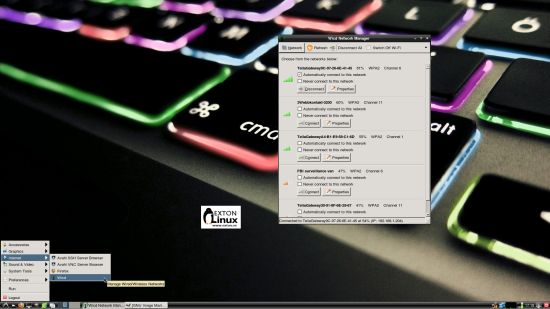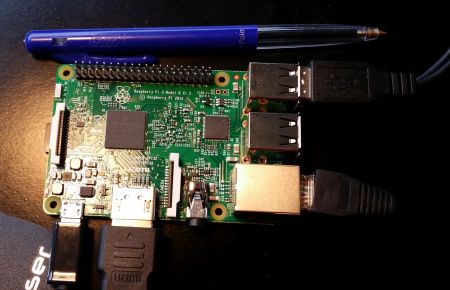 About Linux For All (LFA)
About Linux For All (LFA)
The system is based on Ubuntu 16.04, codenamed Xenial Xerus and Debian Jessie (Debian 8.4). It’s a total rebuild. I.e. nothing is left of the old LFA system.
The system language is ENGLISH.
NEWS 160419
A new upgraded version of LFA is out. All installed packages have been updated to the latest version as of 160419.
News about LFA build 160419
One of my previous versions of LFA (build 141120) had four (4) Desktop environments installed. Namely Unity (Ubuntu), LXDE, Razor-qt and XBMC. LFA build 160419 uses only Fluxbox as Window Manager and Cairo-Dock as Desktop Interface. Cairo-Dock is designed to be light, fast and customizable, and is desktop-agnostic. It has a powerful DBus interface, to be controlled from a terminal or another application. Features can be added by plug-ins or applets, and applets can be written in C or in any language. About Fluxbox: Fluxbox is a Window Manager for X that was based on the Blackbox 0.61.1 code. It is very light on resources and easy to handle but yet full of features to make an easy, and extremely fast, desktop experience. So who needs KDE or Gnome?
Used KERNEL
My special kernel 4.4.0-19-exton.
Screenshot of LFA’s new Desktop
Screenshot – Ubiquity running










